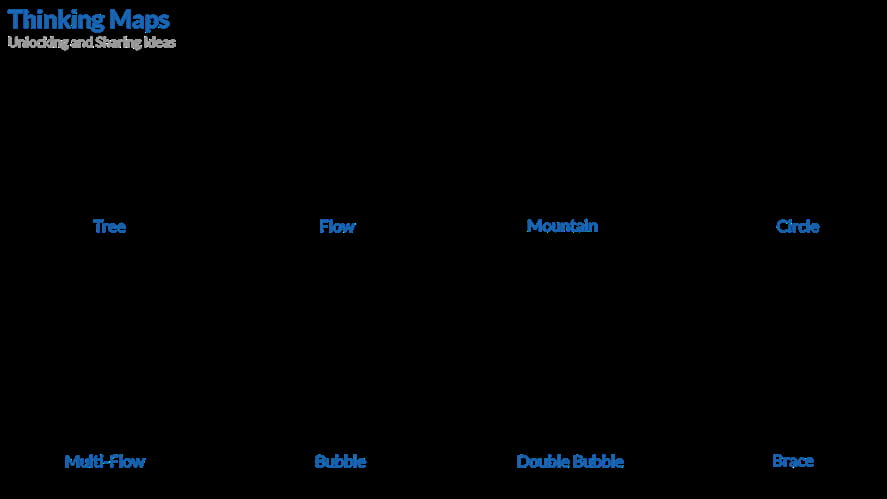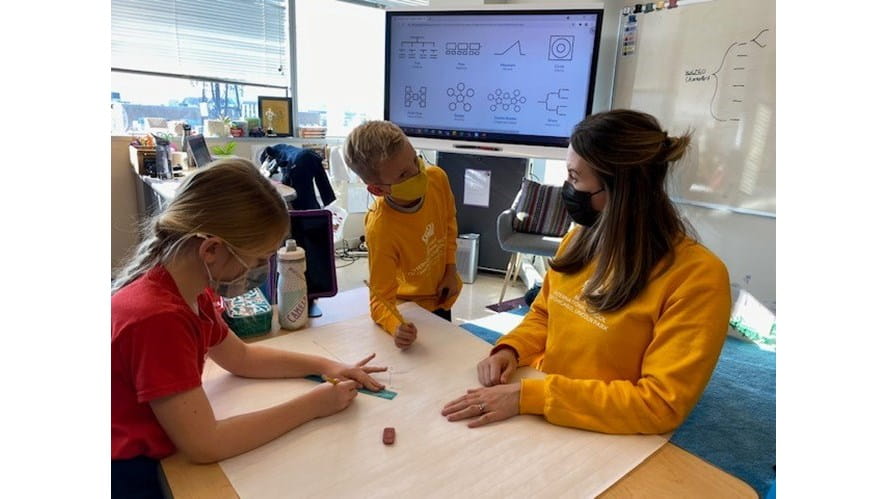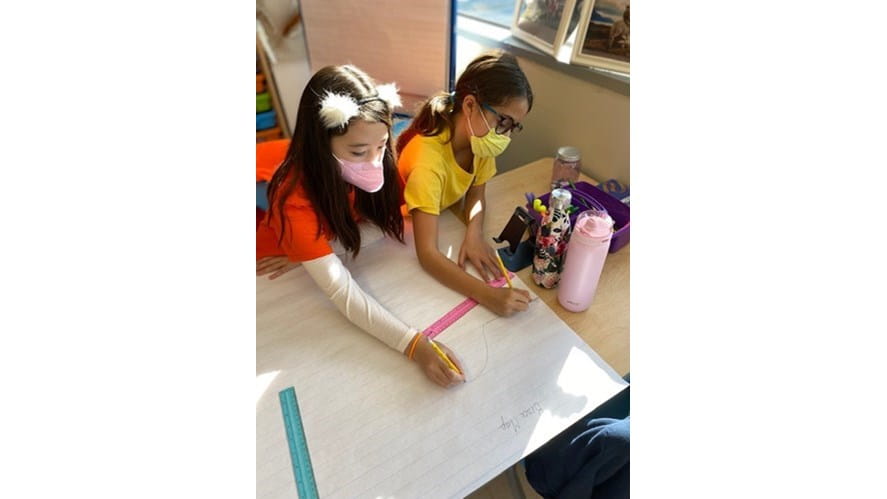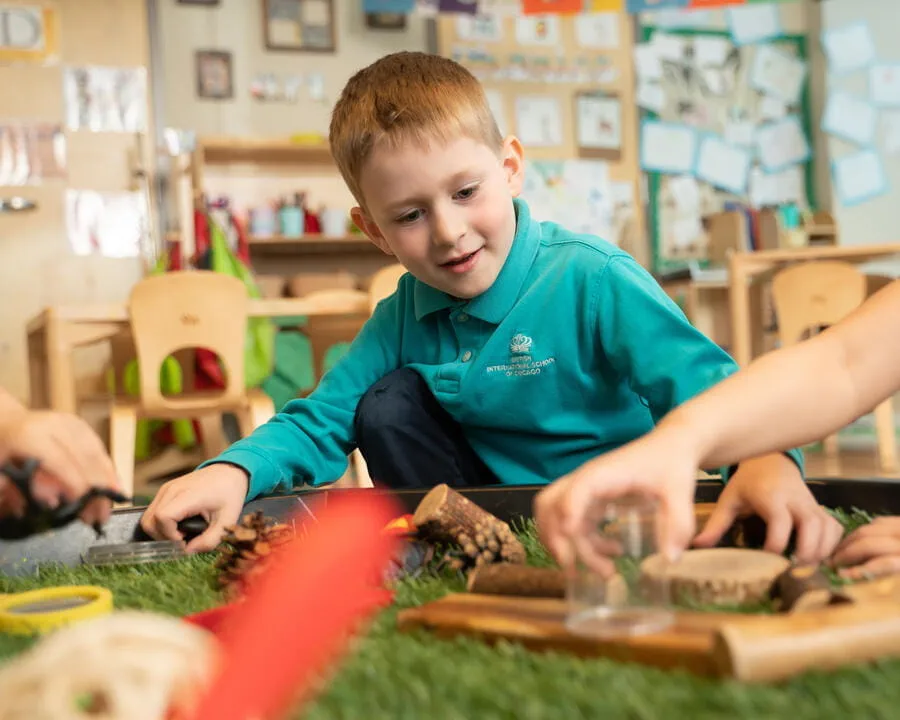Capturing those Floating Clouds of Creativity: Thinking Maps for Cognitive Organization Year 5 Leader, Lowri Covello shares her fascinating insights into how the practice of capturing our thoughts and ideas in a the form of map-making can be a powerful tool in the learning process.

What does our thinking look like? If we close our eyes right now and imagine how all the information, we are currently processing is organized, many people will conjure something that resembles an infinite web – strands and tendrils spiraling off in many directions. Imagine if we could capture these thoughts into neat little circles, set in place for us to view clearly. If only we could harness all that fleeting creativity, those sparks of solutions and the knowledge resting in the archives of our mind – making our output so much richer. We can, using Thinking Maps.
Thinking Maps are eight set visual organizers, each of which plays a particular role for a cognitive process. ‘Ah, Mind Maps!’ you may think. However, these work in quite a different way. Whilst both aim to represent our abstract thoughts in a concrete manner, mind maps are ‘free form’ and can expand and branch out in different ways for your trails of thought. Thinking Maps are a set foundation in which to organize our ideas: designed maps for designed purposes, teaching us how to think more critically and clearly.

Above are the main eight structures we apply in our learning. We use Thinking Maps in a multitude of ways here in Year Five and, whilst ‘fixed’ in their nature, are very flexible in application.
Some examples of how we may utilize these with our students:
- Double Bubble Map (Comparing and Contrasting): characters in a book, two numbers for their common factors, two significant periods in history, our opinions vs another’s on which Greek God is greatest. We may even make this a Triple Bubble Map if we’re feeling adventurous!
- Brace Map (Whole to Part) for ‘breaking down’: a type of government into its branches and parts, a flower to describe its parts and purposes, a new word into its root/suffix/prefix.
- Tree Map (Classifying): literary techniques into categories, a letter into its different sounds and examples, different forms of gymnastic movements to create a diverse routine.
Thinking Maps also allow us to develop levels of cognitive challenge within a task – a skill older students can also apply more independently to approach a level of learning they feel is most appropriate for them. An example of differentiation by Thinking Map could be an analysis of the number 24 as a quick lesson starter. We could use a Circle Map to put this into context by explaining its features (two-digit, multiple of 4, a new set of cards cost $24, 24 degrees is very cold) whilst others could use a Double Bubble map to explore its commonalties to 148 (only one is two-digit, both multiples of 4, they have x number of factors etc.)


Finally, yet primarily, we use Thinking Maps to help students balance all those fabulously creative and swirling ideas by giving them a place – a place they need not craft themselves, a place that makes sense, an automatic resting spot for those kernels of genius which whisper away amidst all our other thoughts if we don’t capture them. ‘I’ll just do a quick Thinking Map for this’ is music to our ears. They allow the students to primarily focus on the ‘good stuff’, as the logistics of organizing these thoughts has been done for them.
We often say we can’t see cognition, and it floats around in our minds abstractly, almost in flashes and bubbles. We also say that cognitive processes are as important as knowledge and practical skills. So, let’s see your thinking -in eight different ways – with Thinking Maps.
Lowri Covello
Year 5 Leader












